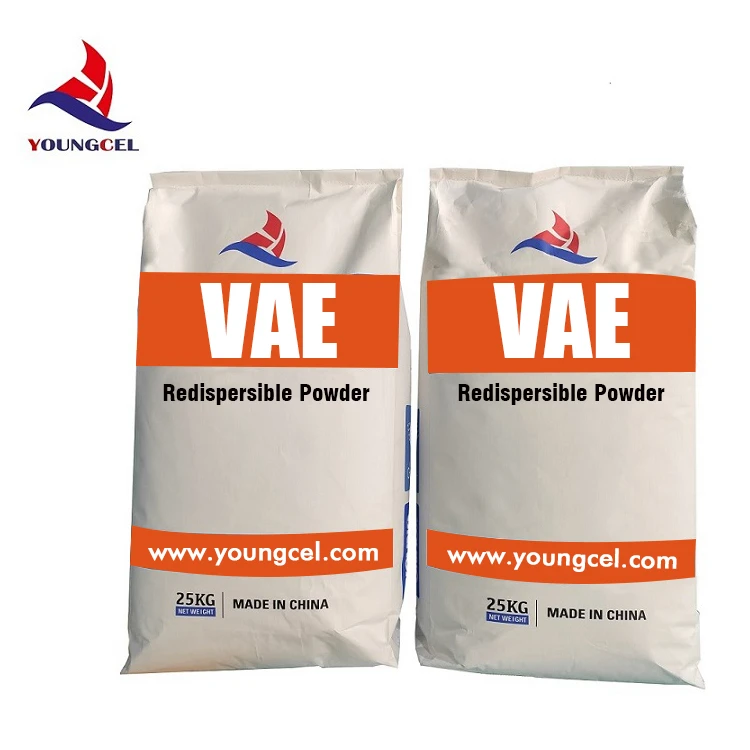Understanding Cellulose and Its Derivative HPMC
Cellulose is one of the most abundant organic polymers on Earth. It is primarily found in the cell walls of plants, where it provides structural support. The intricate structure of cellulose comprises linear chains of glucose molecules linked via β-1,4-glycosidic bonds. This unique configuration allows cellulose to form strong fibers, contributing to the rigidity and stability of plant tissues. As a result, cellulose plays a critical role in both natural ecosystems and various industrial applications.
Understanding Cellulose and Its Derivative HPMC
In the pharmaceutical industry, HPMC is exceptionally valued for its role as a binder and a film-forming agent. It helps improve the consistency and stability of tablet formulations, ensuring that active pharmaceutical ingredients are evenly distributed. Additionally, HPMC serves as a controlled-release agent, allowing for the gradual release of medications in the body. Its biocompatibility and non-toxic nature make it an ideal choice for drug encapsulation, contributing to enhanced drug bioavailability and patient compliance.
cellulos hpmc

In the food sector, HPMC acts as a thickening and emulsifying agent. It is commonly found in gluten-free products, where it helps improve the texture and consistency of dough. HPMC can retain water, which aids in maintaining moisture in baked goods, enhancing their palatability and shelf life. Additionally, it is used in sauces, dressings, and frozen foods, providing a smooth texture and preventing separation of ingredients.
The construction industry also utilizes HPMC due to its binding and thickening properties. It is commonly added to mortar and drywall compounds to enhance their workability and adhesion. The ability of HPMC to retain water is particularly beneficial, as it helps in the curing process of cement-based materials. As a result, structures are less prone to cracking, and the overall durability of the construction projects is improved.
Moreover, HPMC is increasingly recognized for its eco-friendly attributes. As a biodegradable polymer, it presents a more sustainable alternative to synthetic materials in various applications. Its derived nature from natural cellulose further adds to its appeal, aligning with the growing demand for green products in today's environmentally-conscious market.
In conclusion, cellulose and its derivative, Hydroxypropyl Methylcellulose, play significant roles across multiple industries. From pharmaceuticals to food and construction, HPMC's unique properties make it an invaluable component in formulations, enhancing performance while ensuring safety and sustainability. As research continues to explore the extensive applications of cellulose derivatives, HPMC is poised to remain a critical player in innovation and product development, reflecting the versatile nature of this remarkable polymer.






